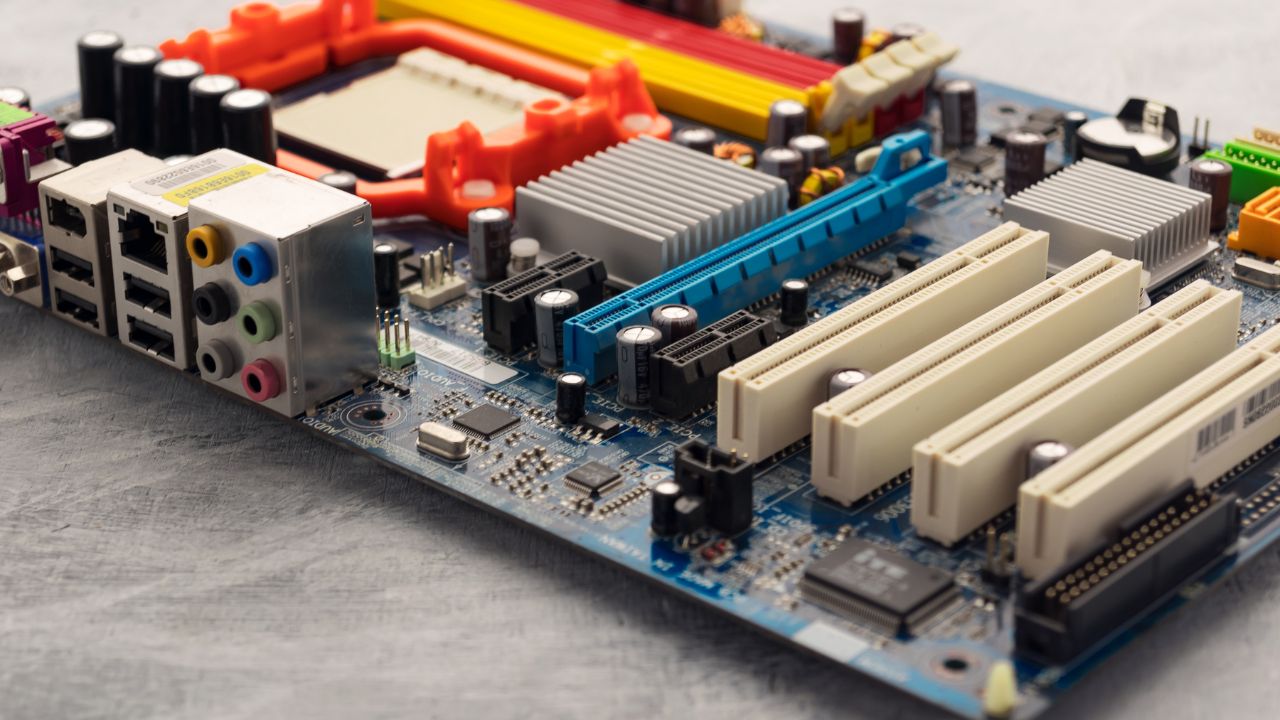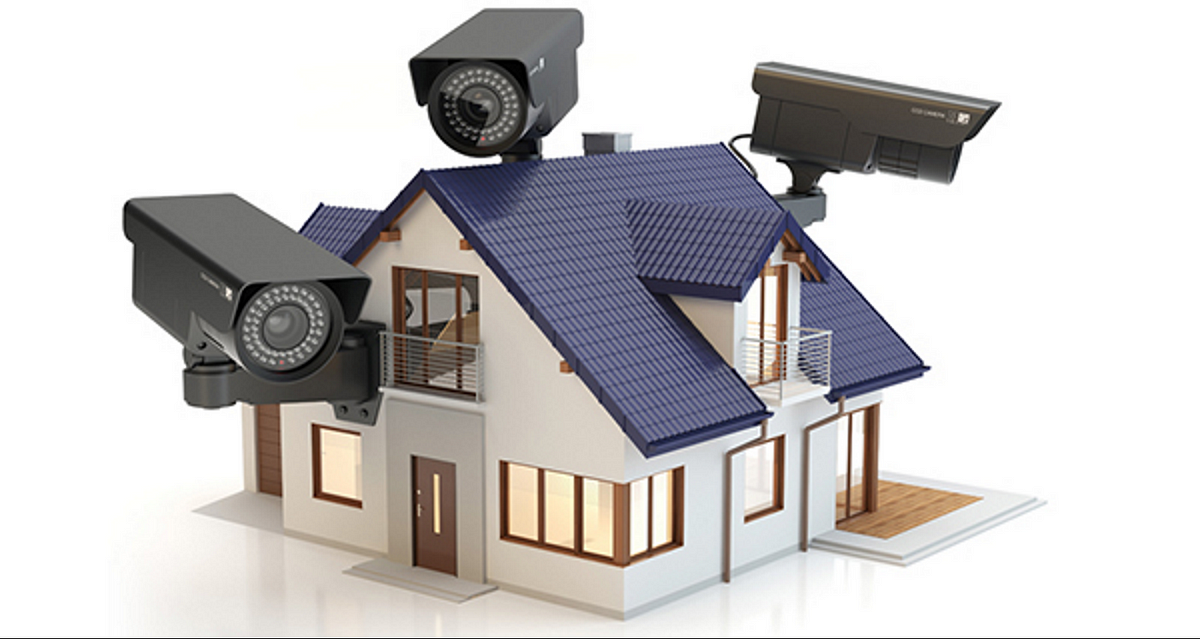In today’s world, crime rates and security concerns are given. Because of this, protecting our homes and families has never been more critical. Throughout the years, there has been quite an evolution in the home security industry. From what started as simple alarm systems to now becoming smart home technology, we take you through all of it! From where we came from, basic alarms and motion sensors, to our more modern technology options.
The early days: Basic alarms and motion sensors
Modern home security can be traced back to the late 19th century when basic alarm systems were introduced. These early forms relied on wired connections and bells or sirens for alerts if an intruder was detected near one’s property. Over time, more advanced detection capabilities, like motion sensors, were added.
The rise of monitored security systems
During the latter half of the 20th century, monitored security systems became increasingly popular among homeowners who wanted extra peace of mind, knowing professionals were watching over their houses around the clock. This monitoring occurred through central stations staffed with trained operators ready to respond immediately should anything set off any device linked to these networks.
This would trigger a notification at said location, leading to someone contacting authorities, etc. Thus, it would provide a higher level of protection than standard unmonitored alarms could offer without human intervention being necessary, except when situations warrant otherwise.
The digital age: Wireless technologies & home automation
With the advent of digital technology, things changed drastically within society, and people safeguarded themselves against potential threats posed by criminals trying to enter private residences unlawfully. This brought about wireless installation options alongside integration possibilities offered via various devices falling under a general banner called “home automation.”
Thus, individuals found they could control security systems or other connected gadgets from one place, such as their smartphone – thereby making it easy for them to arm/disarm etc., lights throughout the house based on whether someone is present/absent at any given time resulting in game-changing levels of convenience never seen before.
The smart home security era
People started talking about “smart home security” a few years ago – and they were right! The devices that we now have access to are more sophisticated than ever. With facial recognition technology built into cameras which can also detect movement in ways not possible before; locks that allow us entry remotely through our phones if need be (or even voice activated); combined with a central hub like Amazon Alexa or Google Assistant – it’s no wonder why these systems and have become so popular!
The future of home security: Seamless integration and predictive analytics
As technology advances, there’s room for improvement regarding what exactly falls under the next-generation system designation category. For instance, imagine being able to set up your security system so that, should an intruder try gaining access to the residence, it can automatically activate the entire interior lighting scheme while playing a prerecorded message over the sound bar informing said individual(s) presence had been detected. Additionally, integrating a combined smoke, carbon monoxide, motion, and climate sensor like the Owl Wired Sensor can further enhance the safety and automation of your home environment.
The system will simultaneously contact the appropriate law enforcement agency, etc., thereby preventing criminal activity from occurring altogether by scaring them away immediately upon onset rather than waiting until after action is complete. No matter what you are doing, take safety seriously and invest in modern alarm systems and a HomeKit smoke detector.











